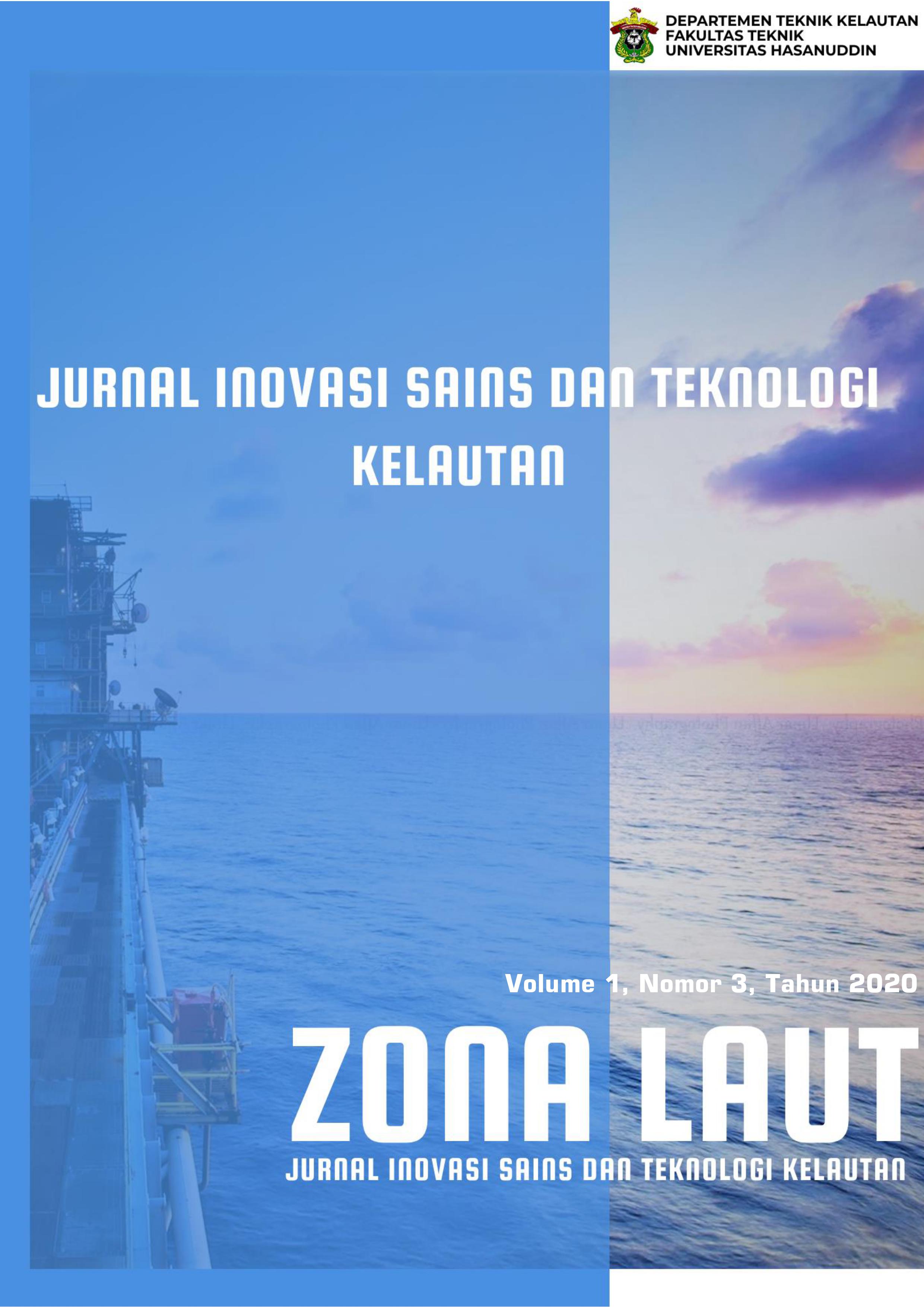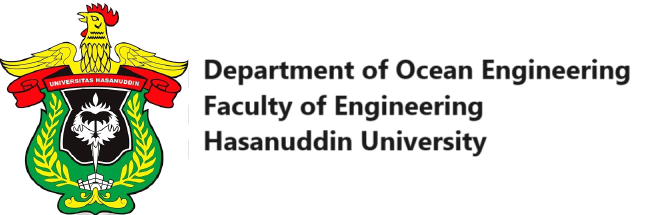Analysis of Characteristics Sediment and Morphology of Kapuas River for Accelerate Shipping Routes
DOI:
https://doi.org/10.62012/zl.v1i3.11982Keywords:
Bottom sediment, Bathymetry, Navigation Channel, Kapuas Estuary.Abstract
A river estuary is a meeting place between seawater and river water and is a part of the river downstream. At the bottom of the river estuary, sedimentation occurs, because there is a meeting of sand/mud particles carried by river currents that meet with sand in the area around the coast. In this regard, it is very important to examine the characteristics of the estuary and its sediment characteristics, especially to provide information to surrounding communities and provide data on sediment characteristics that settle to determine more efficient dredging methods or find solutions so that dredging is not carried out annually. This research was conducted at the Soil Mechanics Laboratory of the Faculty of Engineering, Tanjungpura University, and in taking sediment samples at the Kapuas River Estuary. The time for taking sediment samples at 9 points and taking bathymetry data at 21 points is June 14 2019 while for laboratory tests on June 14-22, 2019. The method used is purpose sampling to take samples in the field, quantitative methods for testing in the laboratory. For data analysis using the USDA system method and the Van Zuidam slope category. From the results of field data collection, it was shown that bathymetry in the Kapuas River Estuary ranged from 2.6 m to 8.7 m at MSL + 0.8 m with the base contour in the Kapuas River Estuary categorized as Flat. The type of base sediment in the Kapuas River Estuary is dominated by the category of clay soil. Sediments can originate from muddy beaches that experience abrasion by water flow. Therefore, the solution so that it is not dredged annually, it is necessary to build a Jetty or coastal retaining wall.Downloads
References
A. Pamuji, M. R. Muskananfola, and C. A’in, “Pengaruh Sedimentasi Terhadap Kelimpahan Makrozoobenthos Di Muara Sungai Betahwalang Kabupaten Demak (The effects of sedimentation on macrozoobenthos abundance in Betahlawang Estuary of Demak),” Saintek Perikan. Indones. J. Fish. Sci. Technol., vol. 10, no. 2, pp. 129–135, 2015.
B. Triatmodjo, “Perencanaan pelabuhan,” Beta Offset. Yogyakarta, vol. 490, 2010.
R. Bayu, “Pengukuran Debit dan Pengambilan Sampel.” Balai Hidrologi dan Tata Air, Puslibang SDA,(http://raharjabayu. wordpress …, 2011.
W. B. Sukoro, H. Setiyono, and K. Kunarso, “Pengaruh Arus terhadap Sebaran Material Padatan Tersuspensi di PT. Pertamina Ru VI Perairan Balongan, Kabupaten Indramayu, Jawa Barat,” J. Oceanogr., vol. 4, no. 3, pp. 569–578, 2015.
I. B. Pakpahan, “Analisis Transpor Sedimen Menyusur Pantai Dengan Menggunakan Metode Grafis Pada Pelabuhan Perikanan Tanjung Adikarta,” J. Maroso, vol. 1, no. 01, 2013.
R. Ikhwan, S. Saputro, and H. Hariadi, “Studi Sebaran Sedimen Dasar Di Sekitar Muara Sungai Pekalogan, Kota Pekalongan,” J. Oceanogr., vol. 4, no. 3, pp. 617–624, 2015.
B. Triatmodjo, “Teknik pantai,” Beta Offset, Yogyakarta, vol. 397, 1999.
A. K. Nurdianti, W. Atmodjo, and S. Saputro, “Studi Batimetri Dan Kondisi Alur Pelayaran Di Muara Sungai Kapuas Kecil, Kalimantan Barat,” J. Oceanogr., vol. 5, no. 4, pp. 538–545, 2016.
Y. Arifianti, “Potensi Longsor Dasar Laut di Perairan Maumere,” Bull. Vulkanol. dan Bencana Geol., vol. 6, no. 1, pp. 53–62, 2011.
S. Sugiyono, “Metode Penelitian Kuantitatif, Kualitatif dan R&D, Cetakan 8. Alfabeta, Bandung.” 2009.
Downloads
Published
How to Cite
Issue
Section
License
Copyright (c) 2020 Zona Laut : Jurnal Inovasi dan Teknologi Kelautan

This work is licensed under a Creative Commons Attribution 4.0 International License.
Allow anyone to modify, improve, and make derivative works, even for commercial purposes, as long as they credit to you for the original work.





























